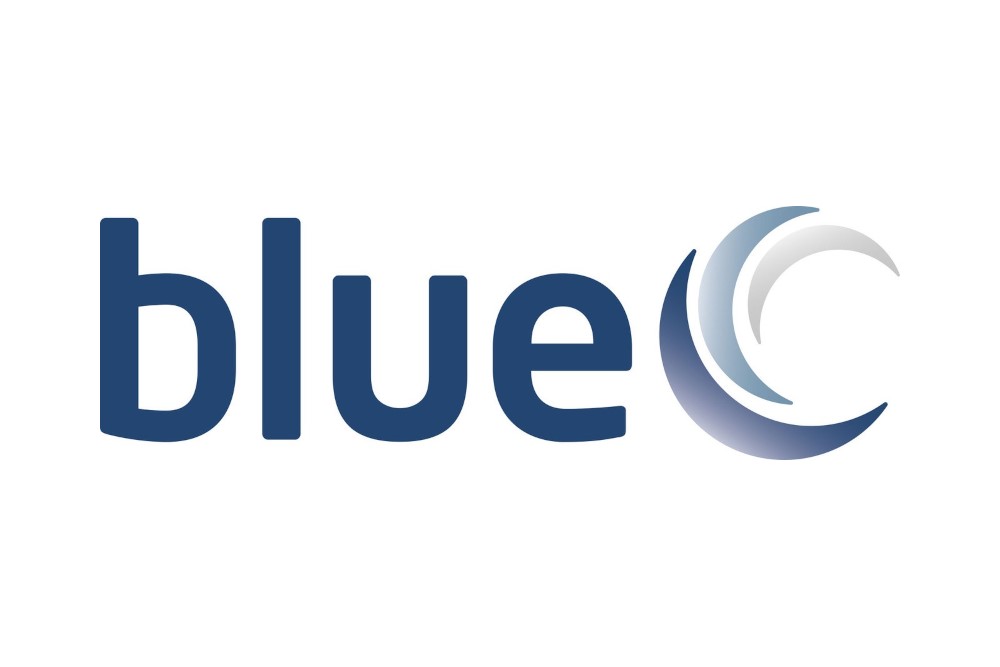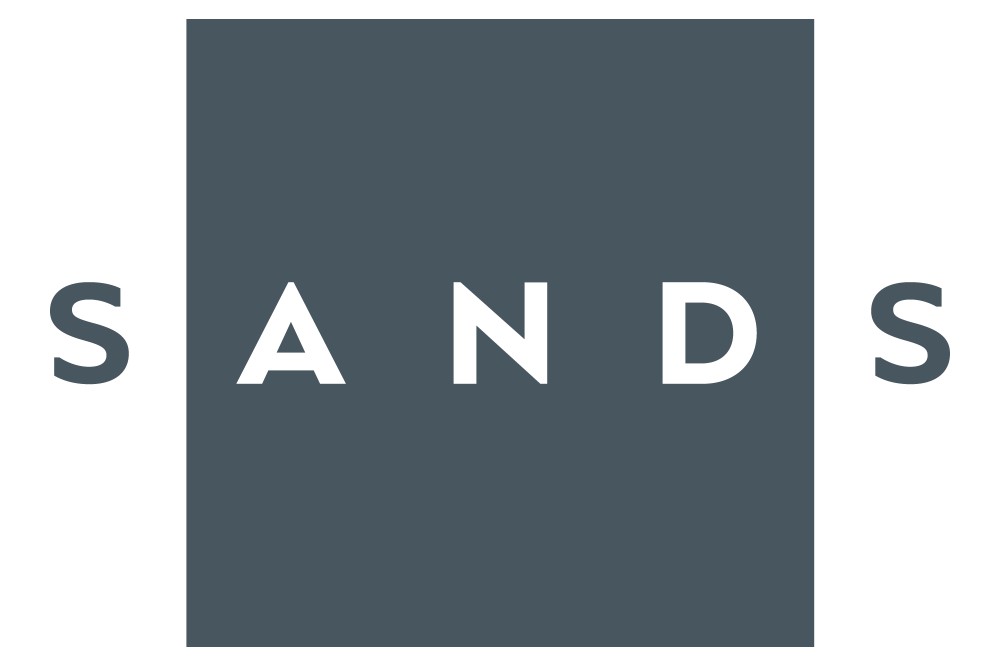Optimarin enables Subsea7 USCG upgrade in ‘a couple of hours’
Member news | 27 November 2018
Optimarin has demonstrated how easy it is for existing Optimarin Ballast Systems (OBS) to be upgraded to full USCG compliance with a visit onboard Subsea7’s Seven Pacific.
The ballast water treatment (BWT) specialist, the first manufacturer to achieve USCG approval in December 2016, originally installed its UV-based technology onboard the advanced offshore construction and pipe-laying vessel in 2015. Since that point the 667-m3 market proven system has, according to Seven Pacific Chief Engineer Oddgeir Refvik, been running smoothly, with minimal maintenance and easy operation.
Easy does it
Refvik described the upgrade as “very straightforward”.
“It only took a couple of hours to perform,” he explains, “basically being a software modification. The service engineer brought an updated manual and information plate onboard, upgraded the software and then took us through the changes. That was it. We can now easily change the operation mode of our Optimarin BWT system between IMO or USCG mode.”
Optimarin has been exclusively focused on BWT technology since the company’s formation in 1994, installing the world’s first commercial system in 2000. This lengthy expertise has allowed the team to create and refine a solution that is simple, flexible and reliable, based on powerful 35kw UV lamps and filtration to eliminate all potentially invasive organisms carried in ballast water.
The value of expertise
Sticking to the same, winning formula has, says Optimarin CEO Tore Andersen, been a key part of the company’s success.
“In a niche technology sector that is still in its infancy the value of having tried, tested and market established systems can’t be overstated,” he notes. “Shipowners need reliable, effective and globally compliant solutions so they can get on with doing what matters most – focusing on core business and serving their customers.
“We don’t constantly try and reinvent the wheel to offer something new, we just refine the excellence we already offer. That means that systems from years ago can be easily serviced, upgraded and maintained in first class working order, day in, day out. There’s no need to replace them. It’s a long-term strategy for owners with long-term assets, offering, as Subsea7 understands, long-term value.
“The fact we can undertake these simple upgrades, enabling complete compliance for units installed pre-USCG approval, is a tangible demonstration of how our systems and organization are tailored to meet the current and future needs of responsible, ambitious shipowners worldwide. We feel privileged to help them sail compliantly into the future.”
Leading the market
Optimarin has now sold close to 700 OBS units, with more than 500 installed and operational, of which approximately 250 are retrofits. The Norwegian-headquartered firm has performed around 50 of the simple USCG upgrades to existing systems so far.
Refvik, for one, appears happy his vessel has an OBS. He concludes: “I have formed a good impression of Optimarin – from the installation of the system three years ago, to its first service visit this year, and now the USCG upgrade.
“It is a system that have been working very well since installation. The required maintenance is low while the spare parts required onboard are minimal. The ballasting itself is easy to perform from the local panel on the system or, as we mostly use it, via integration into our marine automation system K-Chief 700.”
Alongside full IMO and USCG compliance, OBS has certification from a comprehensive range of classification organizations, including ABS, BV, DNV-GL, LR & MLIT Japan. Current customers include Fednav, GulfMark, Hapag Lloyd, Matson Navigation, McDermott, MOL, Ardmore, Seatruck, Technip, and the Royal Netherlands Navy, amongst others.
For further information please contact:
Optimarin:
Tore Andersen
Optimarin CEO
Tel: +47 911 35 860
Email: tandersen@optimarin.com
Optimarins website



